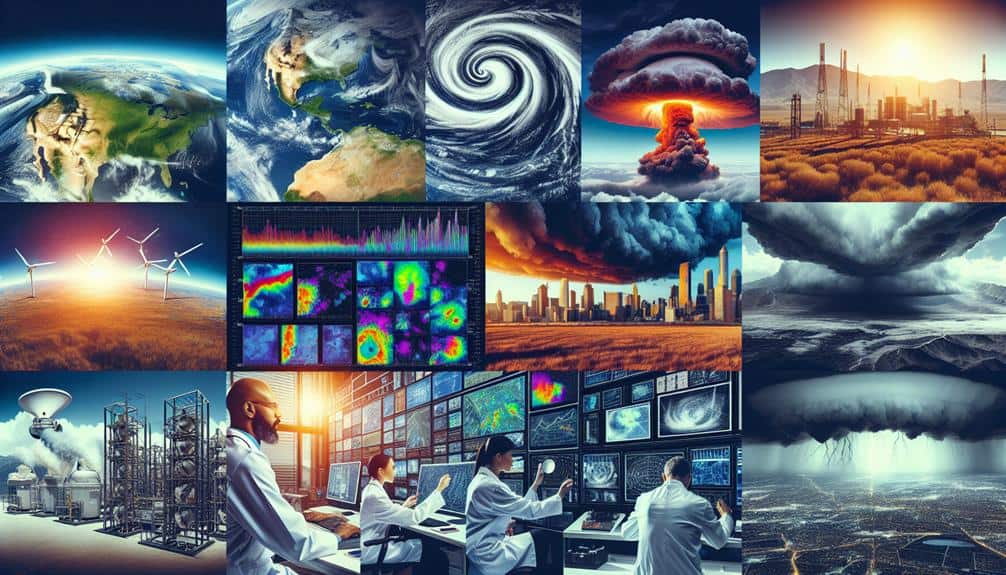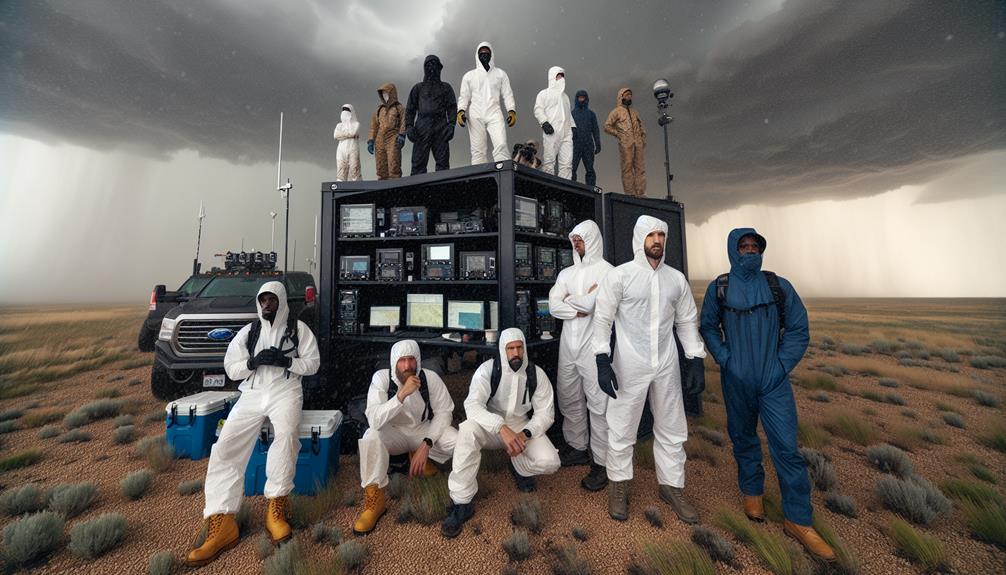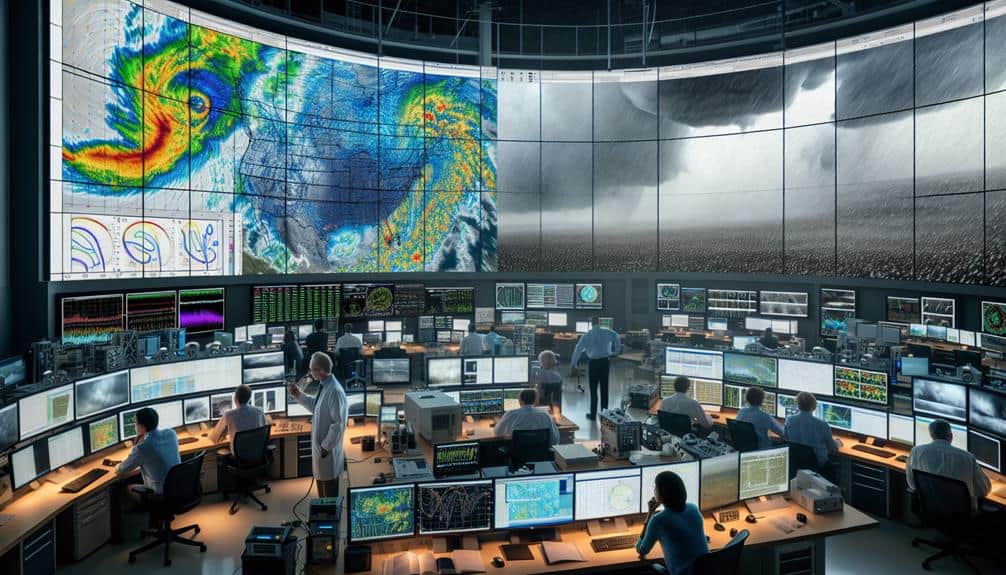Why Are Data Visualization Techniques Crucial in Hailstorm Research?
We believe data visualization techniques are essential in hailstorm research because they transform complex datasets into actionable insights. They help us quickly analyze frequency, intensity, and trends through heat maps and time-series graphs, uncovering hidden insights that raw data alone can't provide. They enable real-time pattern recognition, which is critical for quick decision-making and improving […]
Why Are Data Visualization Techniques Crucial in Hailstorm Research? Read More »









